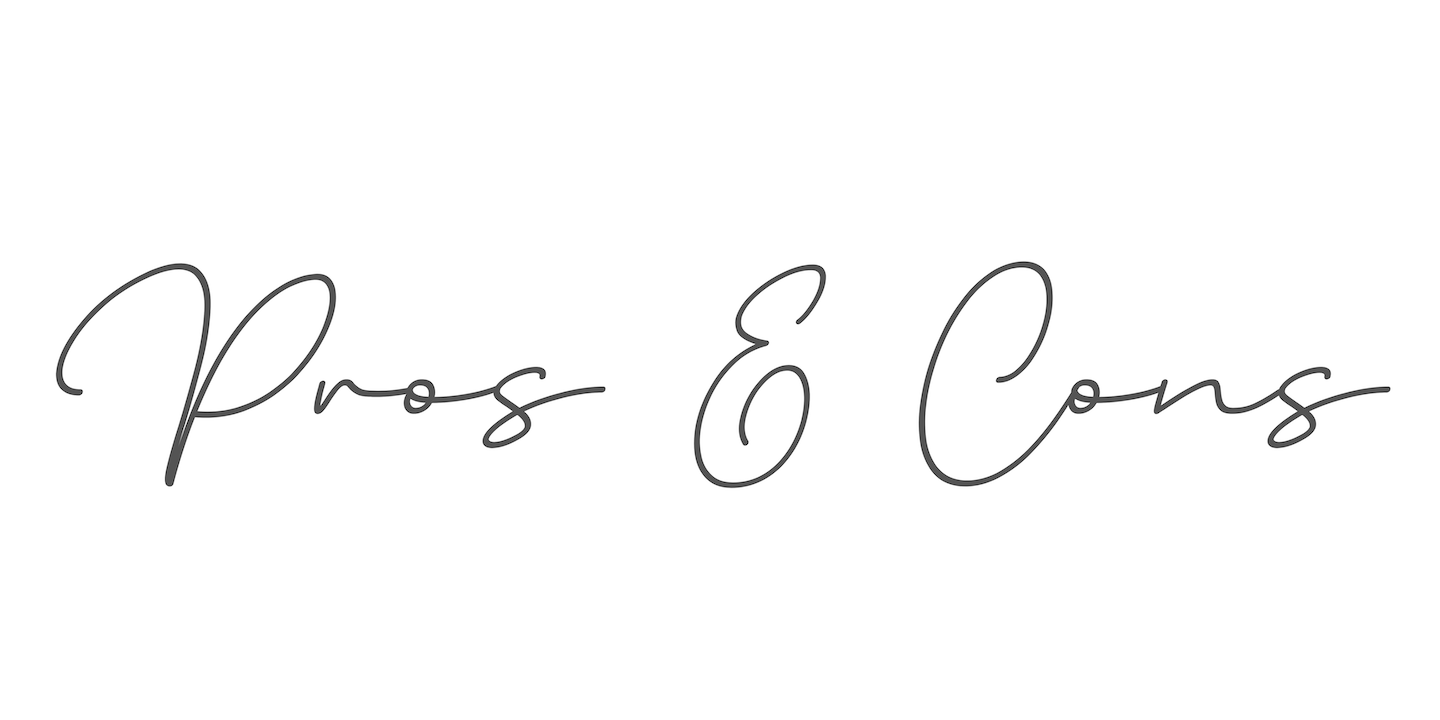In a world where trends come and go with the blink of an eye, it's important to pause and consider the impact of our fashion choices. The rise of fast fashion has brought convenience and affordability, but it has also left behind a trail of environmental and ethical concerns. Enter slow fashion – a concept that's gaining traction as a sustainable and mindful alternative. In this article, we'll delve into the differences between slow and fast fashion, and explore the virtues of choosing quality over quantity when it comes to your wardrobe.
Understanding Slow Fashion
Slow fashion is a movement that prioritizes thoughtful consumption, sustainable practices, and timeless design. It stands in stark contrast to the fast fashion model, which revolves around rapid production, disposable clothing, and chasing fleeting trends. Slow fashion encourages us to rethink our approach to clothing – to invest in pieces that are durable, well-crafted, and aligned with our personal style.
The Dark Side of Fast Fashion
Fast fashion's allure lies in its ability to quickly churn out inexpensive clothing that mimics the latest runway looks. However, beneath its shiny exterior lies a series of concerning consequences. The relentless pace of production leads to overconsumption and immense waste. Garments are often made using low-quality materials and unethical labor practices, contributing to environmental degradation and exploitation of workers.
Embracing Quality and Sustainability
In contrast, slow fashion champions quality over quantity. It emphasizes timeless designs that transcend seasonal trends, allowing you to build a wardrobe that withstands the test of time. By investing in well-made pieces, you're making a statement against disposable culture and supporting artisans who take pride in their craftsmanship.
The Environmental Impact
Choosing slow fashion also has positive implications for the environment. Slow fashion brands often prioritize sustainable materials and ethical production methods. This means reduced carbon footprint, decreased water usage, and minimized waste. By opting for clothing that's designed to last, you're contributing to a more sustainable future.
Mindful Consumption
Adopting slow fashion principles invites us to be more mindful consumers. Instead of buying impulsively, take the time to consider each purchase. Think about whether a piece truly aligns with your personal style and if it's something you'll cherish for years to come. This shift in mindset promotes a healthier relationship with clothing and reduces the need for constant updates.
The Lasting Appeal
Imagine opening your closet to a collection of carefully curated pieces that tell a story of conscious choices. Slow fashion pieces aren't just garments; they're investments in self-expression, sustainability, and ethical practices. They become a part of your journey, adapting to different occasions while maintaining their elegance and charm.
The slow fashion movement invites us to step away from the frenzy of fast fashion and embrace a more meaningful approach to dressing. By choosing quality over quantity, we're making a positive impact on the environment, supporting ethical practices, and redefining our relationship with clothing. Remember, fashion is a powerful form of self-expression – and through slow fashion, you have the opportunity to express yourself with purpose and integrity.
So, the next time you stand before your wardrobe, consider the stories your clothing tells. Choose slow fashion. Choose quality. Choose a better future for fashion and the planet.

